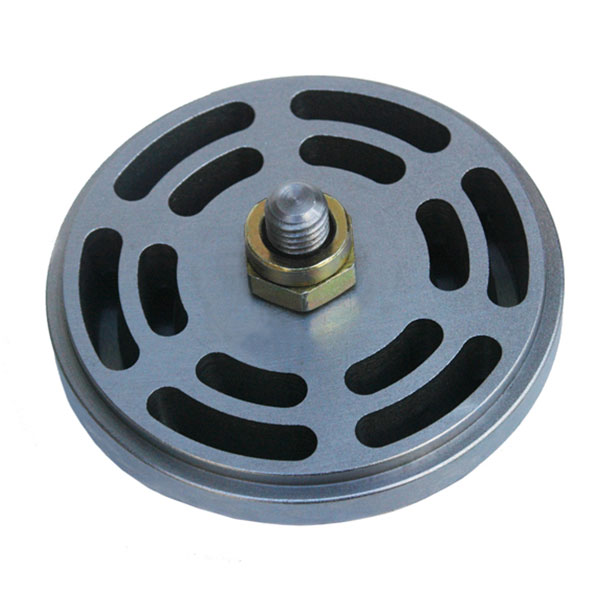Suction valves are used in reciprocating compressors. They can regulate the flow of gas, control the direction of the flow, or both.
Suction control valves (SCVs) are pressure reducing regulators that regulate the inlet pressure to a gas compressor. They create and hold a downstream pressure set point. The operator can adjust the set point by tightening or loosening the adjustment bolt on top. SCVs also help with the ease of starting up a gas compressor.
Valves play a critical role in the functioning of air compressors. They regulate the airflow, control pressure, or safeguard against overpressure conditions. This helps maintain optimal operation and protects the equipment and personnel involved.
Compressor Suction Valve
It opens when the pressure in the cylinder falls below the atmospheric pressure, allowing air to flow into the cylinder.
Once the cylinder pressure reaches a certain level, the suction valve closes to prevent air from escaping back into the intake manifold.
Control Gas Intake:
The primary function of the suction valve is to control the flow of gas into the compressor cylinder. It opens to allow gas to enter the cylinder during the suction stroke of the piston and closes during the compression stroke to prevent backflow.
Maintain Compression Efficiency:
By ensuring that gas only enters the cylinder during the appropriate phase of the piston cycle, the suction valve helps maintain the efficiency of the compression process. It ensures that the maximum amount of gas is compressed during each cycle.
Prevent Backflow:
The suction valve prevents the backflow of gas from the cylinder to the intake manifold during the compression and discharge phases. This is essential to maintain the integrity of the compression process.
Valve Element: The movable part (such as a poppet, plate, or reed) that opens and closes to control gas intake.
Spring: In many designs, a spring helps return the valve element to its closed position when the pressure differential decreases.
Retainer: Holds the valve components in place and ensures proper alignment and operation.
Types of Compressor Suction Valves
Poppet Valves:
These valves have a poppet (a movable part) that seals against a valve seat. When the piston moves down, creating a vacuum, the poppet lifts off the seat, allowing gas to enter the cylinder. When the piston moves up, the poppet closes, sealing the intake.
Plate Valves:
Plate valves consist of flat plates that open and close against a seat. The plates lift to allow gas into the cylinder during the suction stroke and close to seal the intake during compression.
Ring Valves:
These valves use concentric rings that lift off their seats to allow gas flow into the cylinder. They are durable and often used in heavy-duty applications.
Reed Valves:
Reed valves have flexible metal reeds that open to allow gas flow into the cylinder when the piston creates a vacuum and close when the pressure increases. These are common in smaller compressors due to their simplicity.
Operational Cycle
Suction Stroke:
During the suction stroke, the piston moves downward, creating a vacuum in the cylinder. The pressure differential causes the suction valve to open, allowing gas to enter the cylinder.
Compression Stroke:
As the piston moves upward during the compression stroke, the suction valve closes to seal the intake. The gas is then compressed until the discharge valve opens.
Discharge Stroke:
Once the gas is compressed, the discharge valve opens to allow the compressed gas to exit the cylinder. The suction valve remains closed to prevent backflow.
In summary, the compressor suction valve is a vital component that controls the intake of gas into the compression chamber, maintaining efficiency, reliability, and performance. Understanding its functions, types, and maintenance requirements is essential for the proper operation and upkeep of reciprocating compressors.










